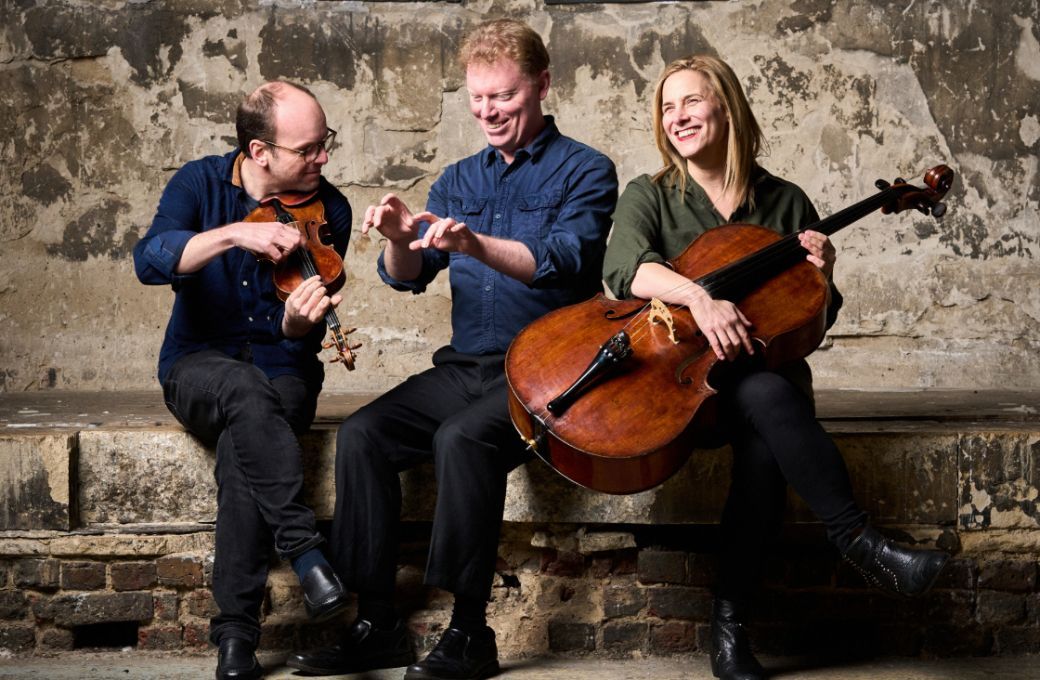The reliably impressive Leonore Piano Trio brought the ninth instalment in their ongoing ‘Romantic Piano Trios’ series to Sheffield in this concert of the familiar and the considerably less familiar. In the process they demonstrated that although musical neglect is sometimes unfair, there may also be good reasons why some works only occasionally see the light of day. At the heart of this attractively constructed programme were two substantial piano trios composed about 15 years apart, the only such work by the then teenage Chopin and the second trio that Mendelssohn composed just a couple of years before his death.

Of the two, the Chopin, despite the Leonore Trio’s committed advocacy, only occasionally made one feel in touch with the composer he would later become. It seems in part to have been written as ‘homework’ (coming to the end of Chopin’s studies with Elsner in Warsaw), something most evident in the dark but not hugely memorable sonata form first movement. Only in the finale did the ‘authentic’ Chopin shine through in the dancing krakowiak rhythms and the unbuttoned ease that hinted at the finales of his piano concertos. Musical reservations aside, it was a wholehearted performance, quite beautiful in the slow movement, where the dialogue of Ben Nabarro’s violin and Gemma Rosefield’s cello made the most of moments of alternating drama and lyricism.
However, putting that alongside Mendelssohn’s Piano Trio no. 2 in C minor brought home just how magnificent the latter work is. Rosefield spoke with passionate engagement about the trio’s qualities, and the Leonore fulfilled her claims in a performance of thrilling tension and excitement. Right from the turbulent Allegro energico e con fuoco opening it was clear that this was a work the players loved, and loved to perform, and it gave the lie to the occasionally aired claim that later Mendelssohn does not touch the heights of his inspired youth. Perhaps because of the composer’s confessed depression at this time, the music has an emotional depth that played into the Leonore Trio’s heart-on-sleeve commitment.
The almost impossibly fast Scherzo had a precise filigree quality, and the Allegro appassionato finale rounded off the work with a seriousness and dignity that fully justified Mendelssohn’s acknowledgement of the influence of the music of Bach on his writing. The moment when Tim Horton at the piano began, sotto voce, to sound the chorale theme The Old Hundredth (known most familiarly in the hymn tune All people that on Earth do dwell) beneath the scurrying string texture was a genuine theatrical coup and led to the exuberant major key ending that brought cheers from the audience.
Prefacing each trio was a short work for a single string soloist and piano. Clara Schumann’s 3 Romances found Nabarro in introspectively reflective mood. These are gently domestic pieces in which there are strong echoes of husband Robert’s musical voice. On the other hand, the opening work, Mendelssohn’s Variations Concertantes, gave cellist Rosefield a much more rigorous work-out in this set of eight variations that have a surprising emotional range, given the rather innocuous starting material. Mendelssohn wrote the work for cello and piano as equals, and Rosefield and Horton’s give-and-take brought the work vividly to life.
This impressive concert was rounded off with an encore, the Andante con moto tranquillo from Mendelssohn’s First Piano Trio which, after the passion of the Second, brought us gently back to a place of stillness and serenity.


